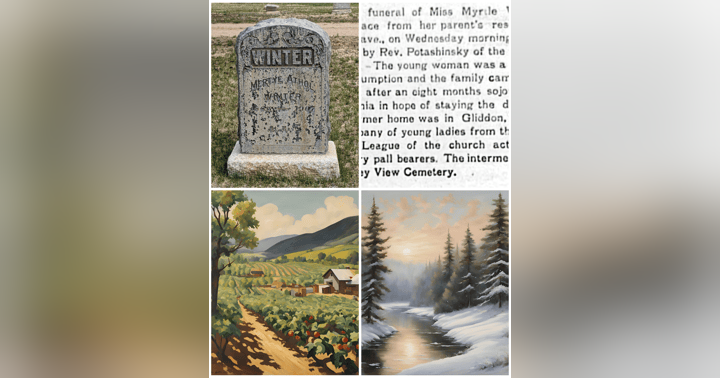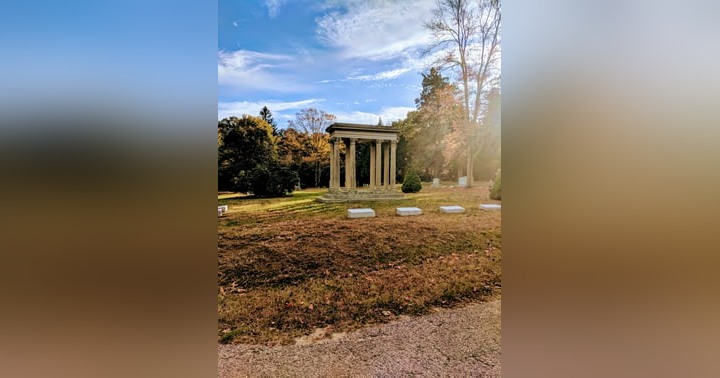Park Hee-Byung: The Founder of Denver's Korean-American Community

Park Hee-Byung was a trailblazer in the Korean-American community, working tirelessly to free Korea from Japan's occupation. His efforts to bring attention to the cause ultimately led to his tragic assassination at the age of 36.
Park was born in 1871 in what is now North Korea. He first came to the United States to study mining at Roanoke College in Virginia. After returning to Korea, he built a school for miners and worked to establish diplomatic ties between Korea and the United States.
In 1904, Park returned to North America to work for the Korean government in Mexico. However, his true passion was advocating for the freedom of his homeland, which had been occupied by Japan. He made his way to Colorado, where he organized a movement to free Korea.
Park's "Free Korea" campaign gained momentum as he prepared to bring it to the attention of the Democratic National Convention, which was scheduled to be held in Denver in 1908. Sadly, he would never see his campaign come to fruition. In 1907, while preparing for the convention, Park was assassinated.
The circumstances of Park's assassination remain unclear and no one was ever held accountable for the act. After his death, Park Hee-Byung was buried in Riverside Cemetery in Denver. At the time, his grave was marked only with a number. In 2003 Korean scholars who were studying about Korean immigration to the U.S. came upon the information about his burial and located his gravesite. In 2007, the 100th anniversary of Park's death, the Korean Society of Metro Denver erected a granite headstone with a bilingual epitath that tells Park’s life story and accomplishments.
The English translation on his marker reads, "In honor of the 100th anniversary of the death of Park Hee Byung, we, the Korean Society of the Denver area, now recognize him as the founding father of Korean immigrants in Colorado. During the height of the Japanese occupation of Korea, Mr. Park was a true patriot and a leader in the Korean Independence Movement. Mr. Park studied modern ideology in both Japan and the United States of America. As a government official, he served as a translator at the Unsan Mine in Korea. He eventually sent many Koreans to work as laborers in the Denver area. Mr. Park arrived in Denver in 1906. He started the Korean Independence Movement organizing Koreans living in the United States to influence the U.S. government to recognize the Independence of Korea. While in Colorado, he operated a motel in downtown Denver and started a Korean Association and played the role of the leader. In 1907, he died mysteriously. We place this epitaph to forever honor him as a paragon of patriotism.”
Because of Park Hee-Byung and other Koreans who came to Colorado in the early 1900s, the state boasts of a thriving Korean-American population, with numerous restaurants, businesses, and cultural events that celebrate the community's rich history and traditions.
Photos: Riverside Cemetery - Denver, Colorado
#TuesdayTidbits #history #koreanamerican #immigration #ushistory #coloradohistory #cemetery #cemeteries #cemeterystories #cemeterywandering















